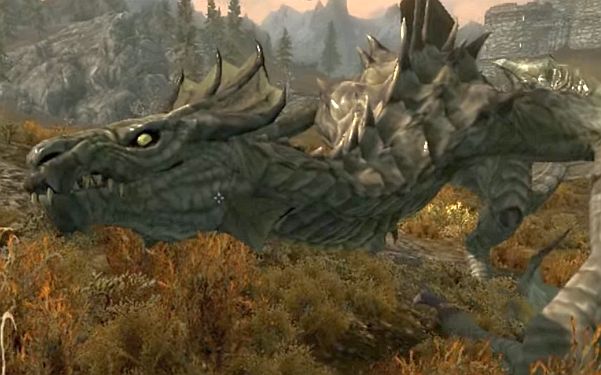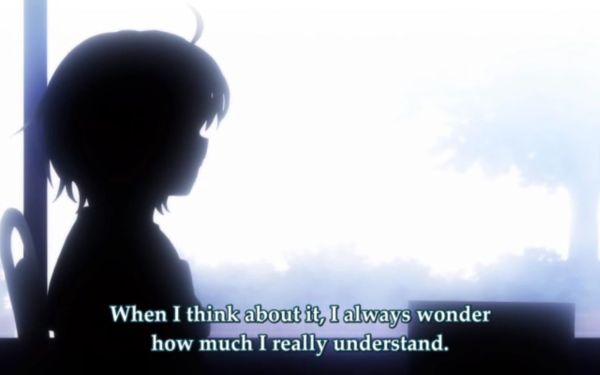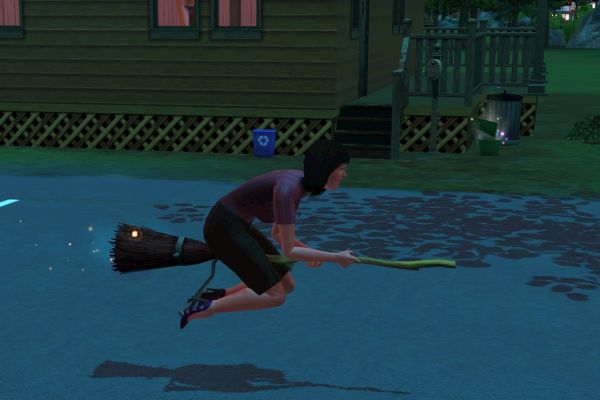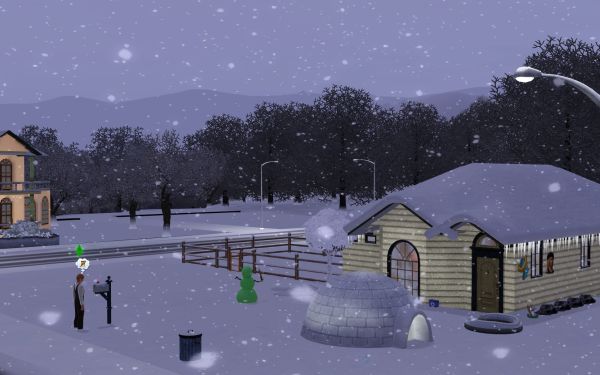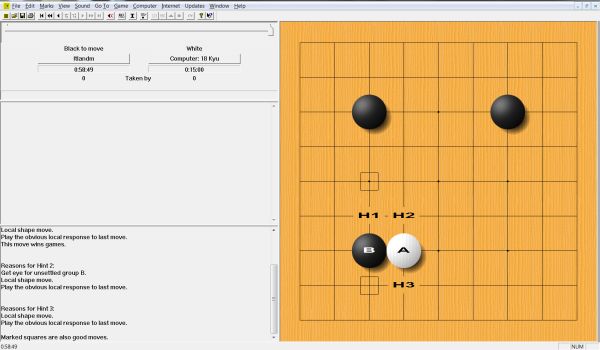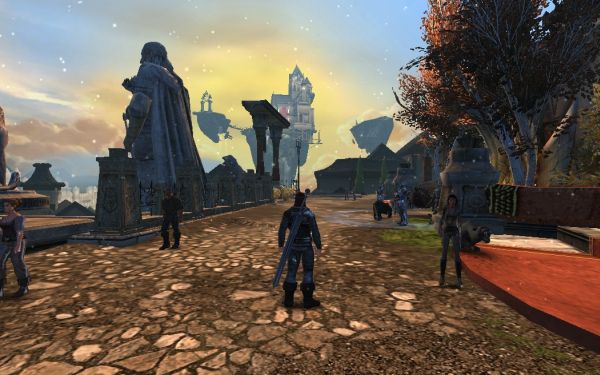
Driving toward Stavanger with a borrowed Volvo FH16 truck transporting an excavator from Malmö. Oh, and this is in the game European Truck Simulator 2. Pretty realistic. Realistically pretty.
I don’t write much about games anymore. I also don’t buy much games anymore. But I think this one is pretty good. And not just good as in well made, but that it may actually put people in a good mood and feel more positive. There are many games that are addictive through negative emotions like rivalry, combat or conquest; but this game is constructive and yet fascinating. I guess it is a bit niche, but I am certainly not the kind of guy who has used to dream about being a trucker or have memorized the names of various types of trucks. I don’t even drive a personal car for many years now. And I still enjoy European Truck Simulator 2.
I can’t remember exactly how I came across this game, just that I was amused that it even existed. But my vague curiosity turned to surprise when I checked the Steam page and saw the extremely high rating by the customers. How do you get 10/10 with 77 000 reviews? Is that even possible? When you see a book review on Amazon with a pure 5 star rating, you can pretty much assume the only people who have rated it are friends and family of the poor author. But try to get 10/10 with tens of thousands of reviews.
Well, the game is niche alright. It is, as the name implies, all about trucks in Europe. But it does what it does really well. Also, and not least, it is beautiful. The scenery, the weather, the towns, the trucks. It is just so pretty. Shiny. Kind of … pure. The pure platonic love between a man and his truck, or something? Don’t ask me what it is, but I kind of feel it. At least for the first few days. ^_^
***
As the name implies, this game is about trucks in Europe. But it actually has a pretty large scope. You start as a hired driver, later you buy your own truck and pick up cargo, and finally you can buy more trucks and hire other drivers to drive for you. So it is not just a truck simulator but more of an “everything trucks” simulator. Or as their website is fittingly named: “World of Trucks.”
The game has three somewhat distinct phases if you want to play it to the fullest. In the first phase, you start up in a European city of your choice (actually the base game is mostly set in Germany and neighboring cities, but there are expansions and mods) and here you jump into a loaded truck and drive it to a neighboring town. All expenses are paid by the employer, you just drive and try to not damage the equipment too much. If successful, you are rewarded with (in-game) money and experience points. These points are used to level up. This gives you access to steadily longer trips and more types of cargo. As you level up, you also get points you can invest in specializing, such as in longer trips and rare cargo types, which give you better pay and more experience points.
In the second phase, you buy your own truck. I recommend waiting a bit, because at low levels many of the trucks are not unlocked yet, and the ones that are may not be the strongest of the lot. Plus you’ll go into quite a bit of debt. But once you are your own boss, the pay per kilometer goes up quite a bit. Of course now you need to pay fuel and repairs yourself. On the bright side you can go on “road trips” with your truck, picking up new cargo in the town where you delivered your previous load, and continue in the direction you want to go, earning money along the way as you explore Europe.
In the third phase, you buy garages and trucks and manage your own freight company. You can still drive your own truck, but you now need to keep an eye on your trucks and drivers as well. (I haven’t actually tried this part, and I am not sure everyone wants to.)
***
The first hours or days are likely to be spent learning to drive again. First, there is the matter of controls. You can control the truck using the WASD keys or the arrow keys or a combination of these. You can also use the mouse or a game controller. I use a cheap Thrustmaster joystick, but there actually exist USB steering wheels with pedals and shift sticks! They are rather expensive though, and I am not quite that far gone. Your finances may vary, as may your enthusiasm.
But even if you have a steering wheel and pedals, you have a learning curve ahead unless you are a trucker in Real Life. Trucks don’t handle like smaller cars, and not even all trucks handle the same way. Obviously getting through gates or around sharp bends is a whole new challenge, but an 18 ton truck also has a whole other inertia than a Morris Mini or even a SUV. For good measure, gravity also wants a word with your truck, if you are going even moderately uphill or downhill. So expect your first hours or days in the game to be a learning experience, and a pretty strongly focused one at first.
Luckily science assures us that the most effective way to learn is outside our comfort zone but not quite into our panic zone, and getting immediate feedback on our performance. Staying in the right zone is largely a matter of using the pedals (or the corresponding keys) wisely, and you don’t get much more immediate feedback than the sound of a traffic sign scraping along the side of a shiny new truck.
I started crawling along at tractor speed (I grew up on a farm after all) and it was almost 5 hours before I had my first encounter with the speed limit. After about 10 hours, I can occasionally take my eyes off the rapid back and forth between the dashboard and the road ahead of me, just for a few seconds. And that’s where the game really begins to shine.
***
For a niche game, there are quite a bit of YouTube videos dedicated to European Truck Simulator 2 (ETS2 for short). If you watch some of them, you are likely to notice phrases like “This is so pretty!” “Would you look at this!” “I have to take a picture of this!” “I hope we get some rain.” Because the landscape, the lighting and the weather effects are quite pretty and lifelike. And even though the distances in the game are compressed so you can drive an hour’s distance in five minutes, they try to put in all the landmarks and the best roadside scenery. It is quite lifelike too, I recently drove an imaginary truck from Kristiansand (where I am employed in Real Life) and westward (where I live in Real Life) and it was very recognizable, but of course I well was past home in 5 minutes.
And of course the cars are also rendered in exquisite detail. Not just your own, but also those of the brave souls who share the road with you.
Beauty is not that easy to convey in words, so I recommend you watch some of the high-resolution YouTube videos. I recommend Keralis and Squirrel, both of whom have multiple videos and both of whom are professional YouTube gamers with pleasant voices and decent one-sided communication skills. Also, the videos are high quality so you can ogle the landscape from the safety of your home cinema or home office or whatever you use. (Probably not a good idea to watch in your cubicle at work though.)
***
It is strange to consider that for kids playing this game today, this particular career will probably be gone when they are old enough to work there. Self-driving cars are coming, and few places will they make themselves valuable as fast as in truck driving. Trucks are expensive, and humans need breaks to eat and sleep, during which time the hardware just stands around rusting and accumulating interest on its loans. So wherever and whenever it is possible for the trucks to drive themselves, they are likely to do so. That said, it will probably take some time still for machines to be able to drive at the same speed as a human trucker and handle all the challenges on the road.
Truckers may be a varied crew, in some places more than others, but they are also an essential part of the world we live in today. If you look around you, probably you will find that most of the man-made objects you see have been brought to you by a truck. Trucks not only bring the food on our table but the table as well. We have much to be thankful for, and I am pleased that modern technology allowed us to get a glimpse into their world before the last sunset on the road.


